Tamil Nadu
Music in Tamilnadu
The music and dance of Tamil Nadu had their beginnings in the temples. From early times, different groups of people were appointed to sing divine songs in the temple. Officers called Thevara Nayakams or leaders of the world of music arranged the private worship of kings and group singing.
Odhuvars, Sthanikars or Kattalaiyars offer short musical programmes in the temples by singing the devotional Thevaram songs. Musicians had total reliance on divine grace. They lead the chorus in the temple congregational prayers to the accompaniment of the Sarangi. Sarangi was in use in the temples of Tamil Nadu till the end of the nineteenth century.
The temples at Madurai, Tirunelveli, Sucindhram, and Azhwar Thirunagar have musical pillars. Such pillars are found in the Artha Mandapam where the singing of Thevaram was accompanied by the music from the stone-pillars.
Karnātic Music
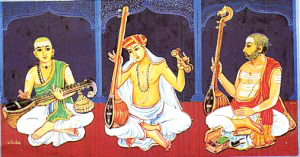
Indian classical music is categorized under two genres. These are Hindusthāni and Karnātic. Broadly speaking, Hindusthāni developed in the northern regions of the country, while Karnātic music is indigenous to the south.
Karnātic music is considered one of the oldest systems of music in the world. Imbued with emotion and the spirit of improvisation, it also contains a scientific approach. This is mainly due to the contributions of such inspired artists as Purandara Dhāsa, known as the Father of Karnātic Music, and other scholars who codified the system and gave it a clear format as a medium of teaching, performing, prayer and therapy.
The basis of Karnātic music is the system of ragas (melodic scales) and Thāḷas (rhythmic cycles). There are seven rhythmic cycles and 72 fundamental Rāgas. All other rāgas are considered to have stemmed from these. An elaborate scheme exists for identifying these scales, known as the 72 Meḷakarthā Rāgas.
Karnātic music abounds in structured compositions in the different rāgas. These are songs composed by great artists and handed down through generations of disciples. While the improvised elaboration of a raga varies from musician to musician, the structured portion is set. These compositions are extremely popular, with a strong accent on rhythm and lively melodic patterns. Three saint composers of the nineteenth century, Thyāgarāja, Muthuswāmi Dikṣhithar and Śhyāma Śhāstri, have composed thousands of songs that remain favourites among musicians and audiences.
An important element of Karnātic music is its devotional content. The lyrics of the traditional compositions, whether mythological or social in nature, are set entirely against a devotional or philosophical background.
The Nineteen Forties were a rather turbulent period for Karnātic Music in Tamil Nadu because of the Tamizh Isai controversy. More than a controversy, it was a move by some well meaning people to increase the number of Tamil songs being sung in concerts in Tamil Nadu. Started by Raja Sir Aṇṇāmalai Chettiār and spurred on by individuals like Sir R.K.Ṣhaṇmugham Chettiār and journalist Kalki Kriṣhṇamūrthy, it tried to create a lot of awareness among musicians and rasikas that language had a role in music.
Today after so many decades, without the existence of a formal movement, we do find musicians and rasikas enjoying Tamil songs in Tamil Nadu, Kannada songs in Karnataka and so on. Listeners do make fervent appeals to musicians about singing songs in the language they are familiar with and musicians oblige them without much ado.
Ancient Tamil music
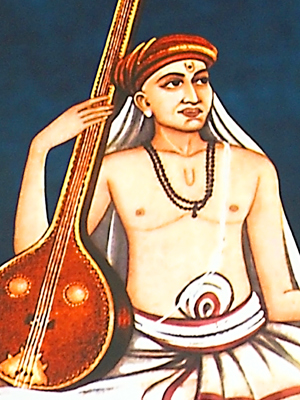
Karnātic music in Tamilnadu
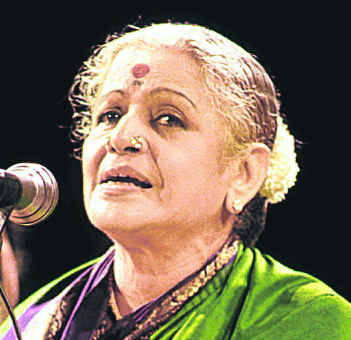
The composers belonging to the Tamil Trinity of Muthu Thāndavar (1560 - 1640 CE), Aruṇāchala Kavi (1712-1779) and Mārimutthā Pillai (1717-1787) composed hundreds of devotional songs in Tamil and helped in the evolution of Karnātic music. Three saint composers of the 18th to 19th Century, Thyāgarāja , Muthuswāmi Dikṣhitar and Śhyāma Śhāstri , have composed thousands of songs that remain favourites among musicians and audiences. Today, Tamil Nadu has hundreds of notable Karnātic singers who spread this music all over the world. M . S . Subbulakshmi , a renowned Karnātic singer, had the honour of singing a song in the UN Security Council .
Intricacies of Folk Music
Tamil folk music is remarkable for the Thāḷa intricacies. Very ancient classical ragas or melodies like Manji, Sama, Navaroz, Kalyāṇi, Karaharapriya, Thoḍi, and Nādhanāmakriya are used in the folk-songs. Many instruments are used in folk music.
- Musical Notation Of Tribes
The hill-tribes have a natural fondness for music and they are known for the preservation of ancient culture. The Pulayar tribe describe their melodies as thāḷams. According to them, their melodies are derived from the cooing of birds such as Gānamayil, Gānakkozhi. Thāḷam and melodies are named after their deities. Karaganachi thāḷam, Maṅgaḷanādha thāḷam, Kundhanādha thāḷam, etc. are all specific melodies. The chāya of classical ragas like Shuddhasāveri, Saraswathi, Śhankarābharaṇam, Āndholika, Brindhāvanasāraṅga are to be seen in these beautiful melodies. Their orchestra is known as Singāram (literally meaning beauty), consisting of two small sized Nādhaswarams or Sathathakkuzhal, two drums or melam and a pair of cymbals or Kaimaṇi, Vīlikuzhal (flute) and Maththaḷi (a long drum) are played by them to invoke the gods. They sing while they dance. Some of their music is rudimentary only serving as a background for dance.
- Melody of the Kuḷavai
The Kuḷavai sound is made by the women engaged in agricultural work with a turn of the tongue which they move swiftly side ward. The Kuḷavai song is sung in beautiful melody, particularly in Thanjāvūr where agricultural prosperity and music tradition alike have been kept up. Women stand in knee-deep slush, planting the seedlings and they raise the Kuḷavai sound to expedite work and to honour visitors. Anyone passing between paddy fields has to make token payments or tips to these women, if they greet him in chorus.
- Nayyāṇdi Méḷam
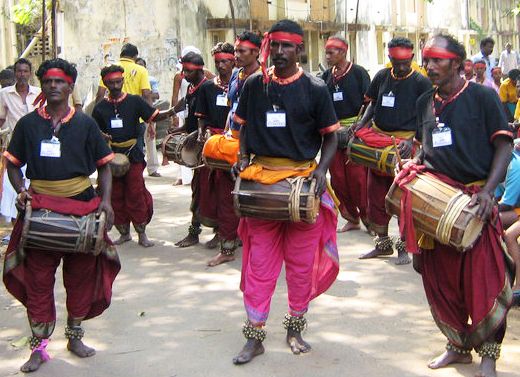
Folk music
Ekkāḷam , A traditional wind instrument of Tamil Nadu
Folk singing remains popular, especially in rural areas; elements of the traditional styles are sometimes used in film music. There are contemporary enthusiasts, like Vijayalakshmi Navaneethakrishnan and Pushpavanam Kuppuswamy, who have worked to revive popular interest in the folk music of Tamil Nadu.
The rural hill tribes of Tamil Nadu each have their own folk traditions. The Pulayar , for example, perform melodies called thāḷams which are said to come from the cooing of birds. Each thāḷam is named after a deity, including Kunhanada thāḷam, Mangaḷanādha thāḷam and Karaganachi thāḷam.
Film music
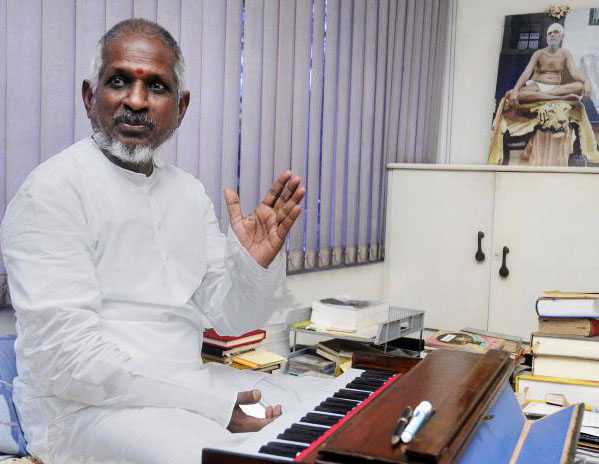
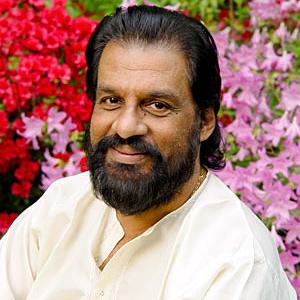
Tamil Christian Kīrthanai
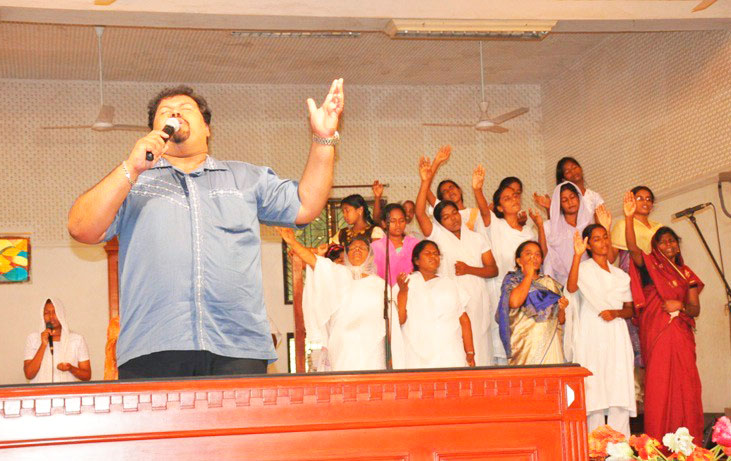
A century ago, this term would have immediately conjured up the names of three lyricists who formed the Triumvirate of Tamil Christian poets: Vedanāyagam Sāstriār of Tanjore, Kriṣhṇapillai of Paḷayamkottai , and N . Samuel of Tranquebar .
These are mostly a collection of indigenous hymns written by Protestant Tamil Christian poets. A few of them are translations of Christian hymns from other languages.
These hymns were written in the early stages of Protestant Christianity in India. These hymns are widely used in worship services by the Tamil Churches belonging to the "main-line" or traditional denominations. Some of the more popular hymns include "Mangalam Selikka" (used during wedding celebrations) and "Ellām Yesuve".
Dance in Tamilnadu
Dance in South-India, is anchored to age-old tradition. This vast sub-continent has perpetuated to varied forms of dancing, each shaped by the influences of a particular period and environment. These pristine forms have been preserved through the centuries, to become a part of our present culture, a living heritage which is both our pride and delight. Nurtured in temples, princely courts or villages, dance has moved into the auditorium of today, bringing pleasure to many more people, in far-flung regions.
Bharathanātyam
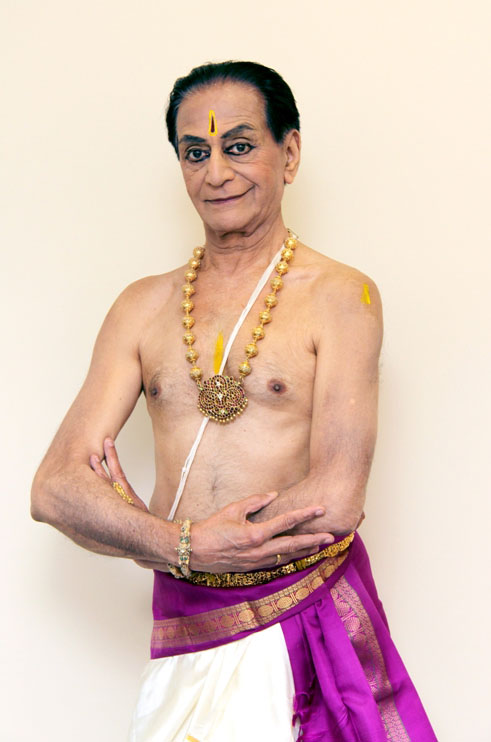
Folk Dances in Tamilnadu
- Karagāṭṭam

- Kummi

- Mayil Āṭṭam

- Kolāṭṭam
- Oyil Kummi
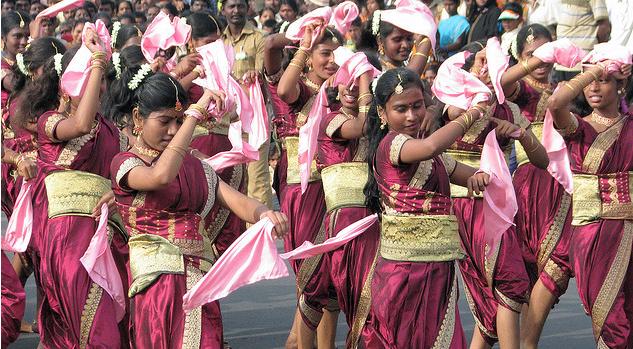
- Kāvaḍi Āṭṭam
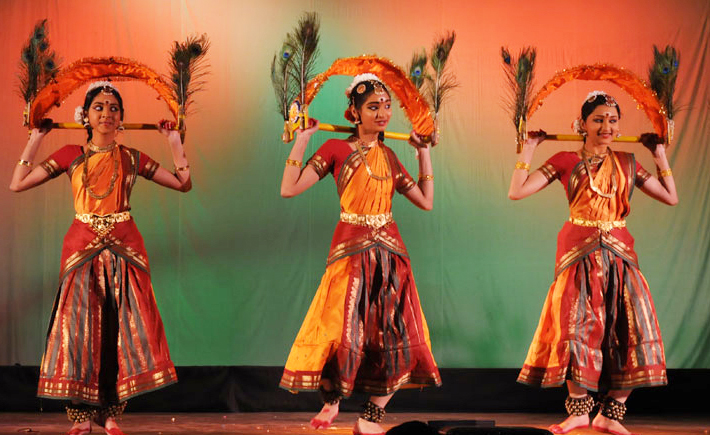
Poikkāl Kudhirai Āṭṭam
- This is the Dummy Horse Dance where the dancer bears the dummy figure of a horse's body on his/her hips. This is made of light-weighted materials and the cloth at the sides swings to and fro covering the legs of the dancer. The dancer dons wooden legs, which sound like the hooves of the horse. The dancer brandishes either a sword or a whip. This folk dance needs much training and skill. This dance is accompanied by Nayyāndi Méḷam or Band music. This is connected to the worship of Iyyanār and prevails mainly around Thanjāvūr.
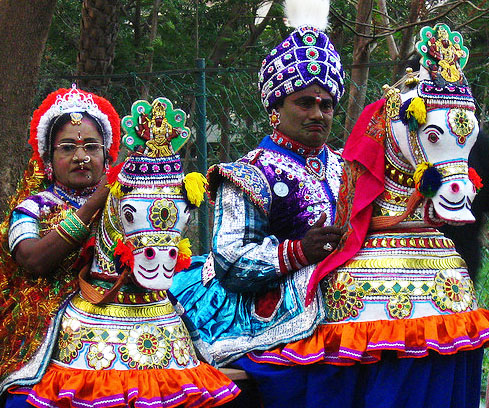
Theatre in Tamilnadu
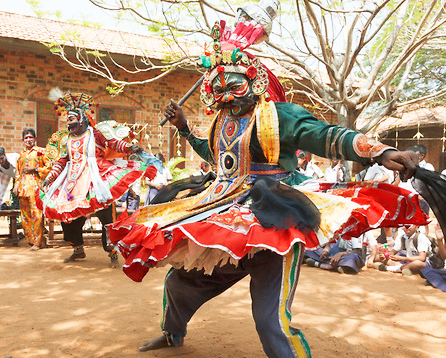
Bibliography
http://www.culturopedia.com/Performing_Arts/Art_Tamil_Nadu.html
http://en.wikipedia.org/wiki/Music_of_Tamil_Nadu
http://www.hotelstamilnadu.com/folkmusic.htm
http://www.mapsofindia.com/tamilnadu/music-and-dance/
http://en.wikipedia.org/wiki/Dance_forms_of_Tamil_Nadu
http://www.hotelstamilnadu.com/dances.htm
http://www.indiasite.com/tamilnadu/dances.html














